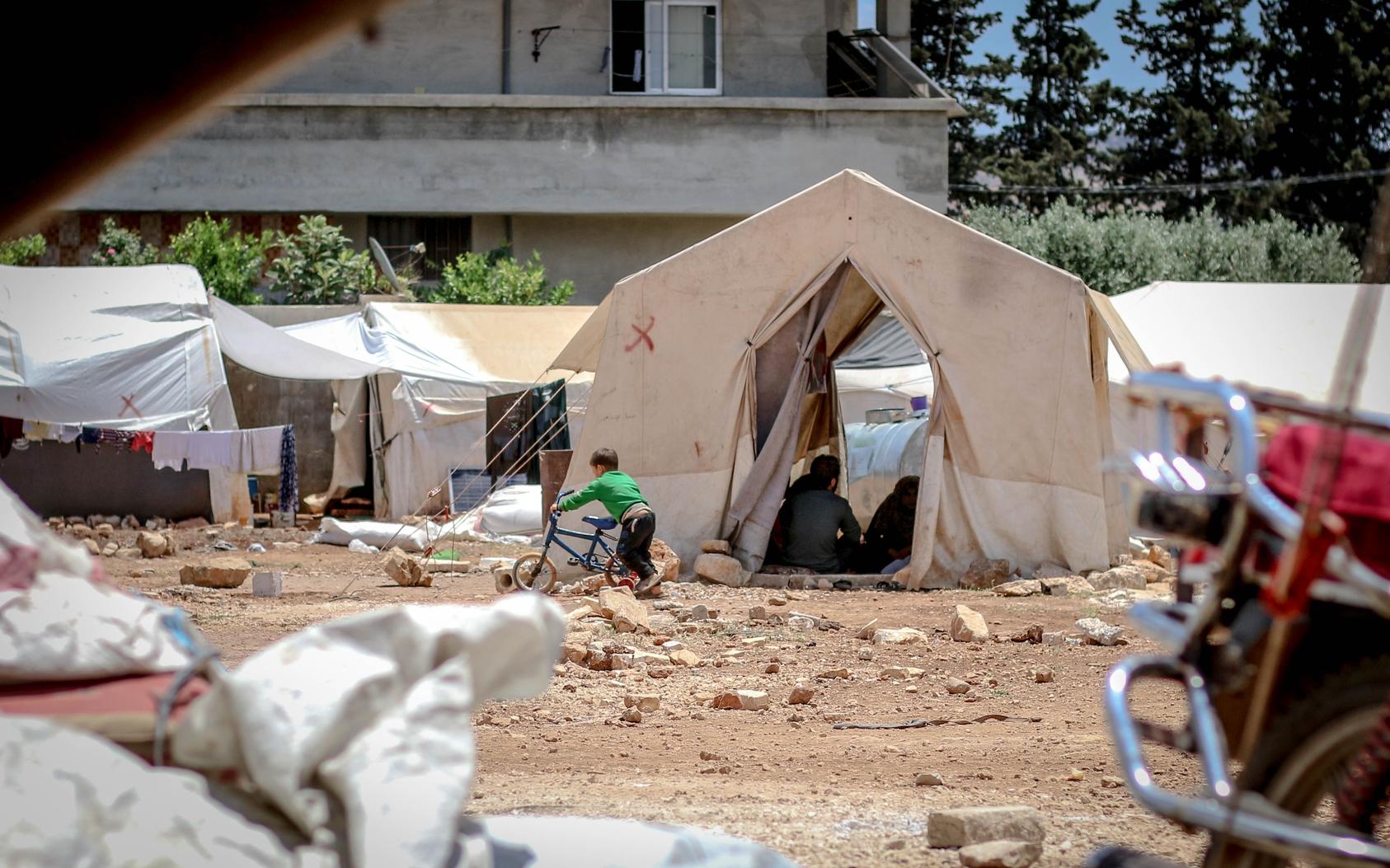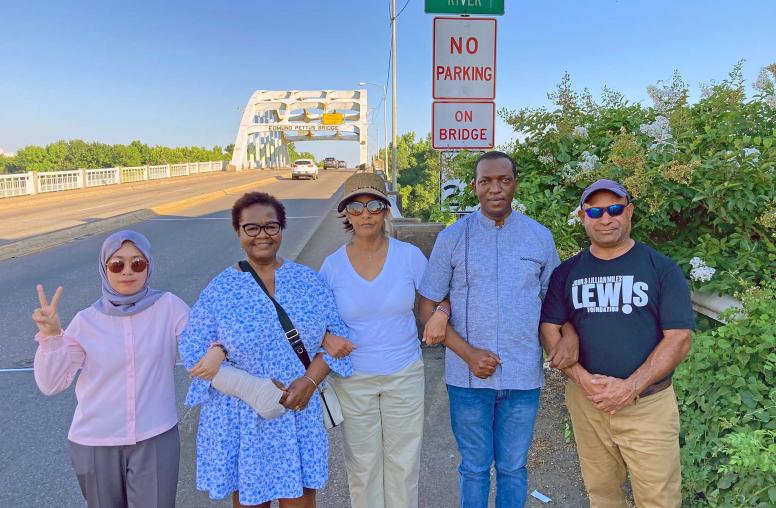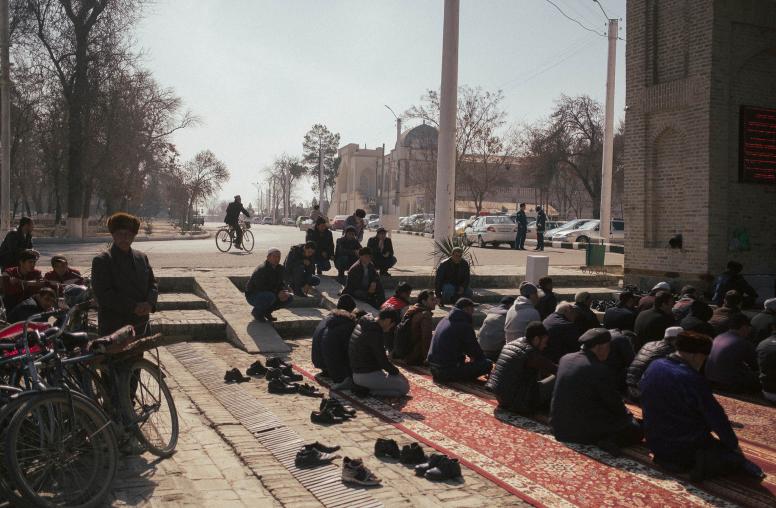Introduction to Psychosocially Responsive Development and Humanitarian Programs
This course provides the basic skills for designing development and humanitarian programs that support psychosocial well-being and do no harm. It is designed for practitioners who already have a basic understanding of the project cycle, and have worked, or are working, with vulnerable populations in low-resource or crisis environments.
Please note this course does not offer a certificate upon completion.

Course Overview
This e-learning course aims to build the capacity of international development and humanitarian aid practitioners to design projects and programs so they are appropriately responsive to psycho-social/mental health needs and in turn contribute to improving outcomes for project participants. Specifically, the course aims to equip participants with the following knowledge and skills:
Agenda
Chapter 1: Introduction, Rationale, and Key Concepts
This chapter introduces key concepts in mental health and psychosocial support, and gives an overview of the impacts of stress and adversity on the individual and collective levels, and presents a framework for understanding different levels of intervention in emergency and crisis settings. Finally, we cover basic ethical principles to ensure your program does no harm.
Chapter 2: MHPSS Assessment, Monitoring, and Evaluation
Because psychosocial well-being is highly context-specific, it is important to know how people conceptualize well-being in your project area. In this chapter, you’ll learn how to conduct rigorous assessments of psychosocial needs and existing coping resources, and how to set up monitoring and evaluation systems to measure changes in psychosocial well-being.
Chapter 3: Components of Integrated Psychosocial Interventions in Development and Humanitarian Programming
This chapter guides participants in designing projects that are sensitive to psychosocial needs, and/or that directly work to enhance psychosocial well-being at the individual, family and community levels. This chapter helps you see how your project fits into a broader framework of support, and guides you in knowing how and when to refer people to more specialized services. Finally, it offers guidance for staffing and supervision at the different levels.


